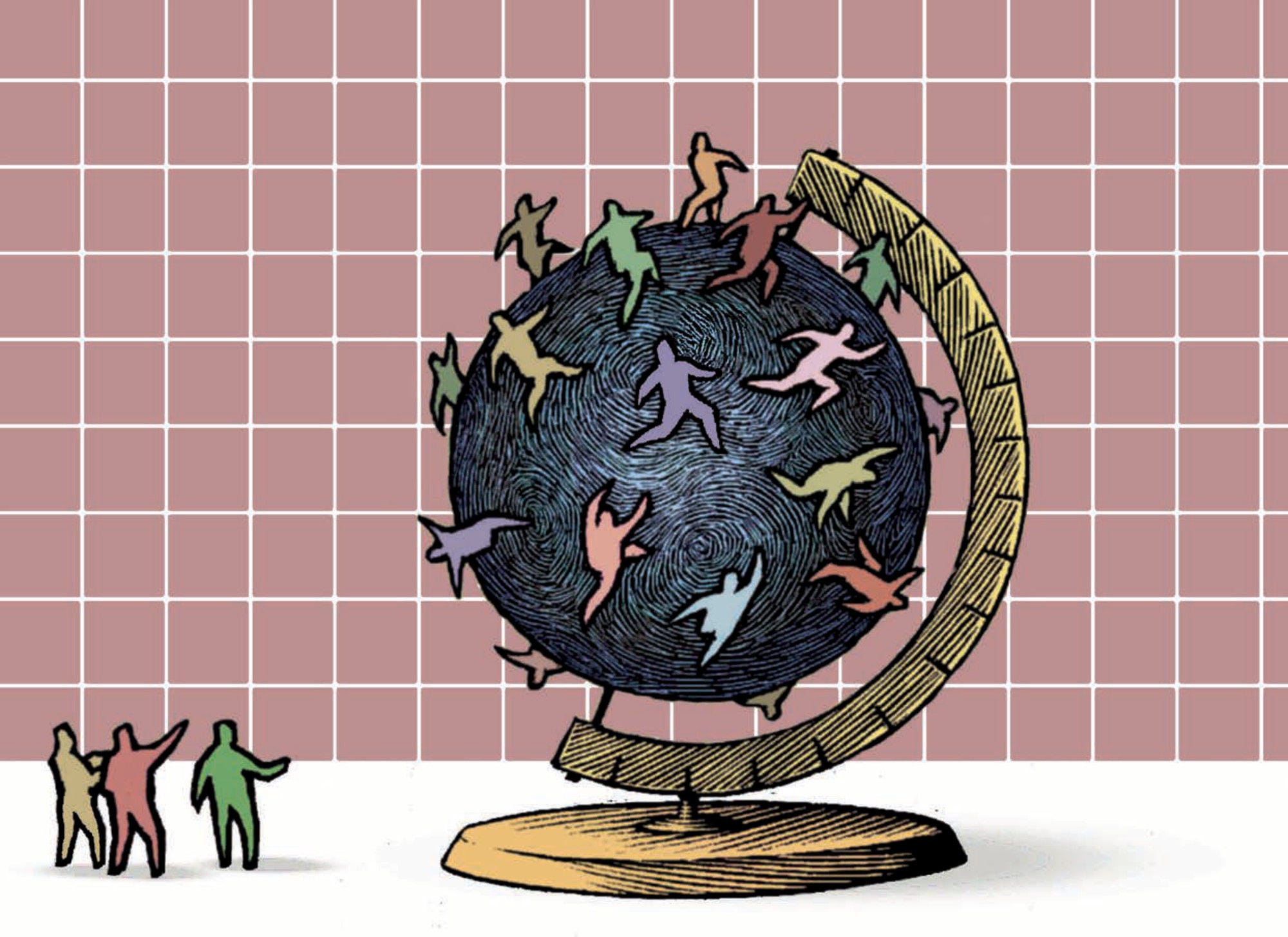In 2017, Sweden received 132 000 new immigrants on a long-term or permanent basis (including changes of status and free mobility), ‑14.7% compared to 2016. This figure comprises 24.3% immigrants benefitting from free mobility, 9.9% labour migrants, 38.1% family members (including accompanying family) and 27.6% humanitarian migrants.
Around 11 000 permits were issued to tertiary-level international students and 6 600 to temporary and seasonal labour migrants and trainees (excluding intra-EU migration). In addition, 44 000 intra-EU postings were recorded in 2017, an increase of 12% compared to 2016. These posted workers were generally on short-term contracts.
Syria, Afghanistan and Iraq were the top three nationalities of newcomers in 2017. Among the top 15 countries of origin, Afghanistan registered the strongest increase (7 200) and Syria the largest decrease (‑28 000) in flows to Sweden compared to the previous year.
In 2018, the number of first asylum applicants decreased by 18.5%, to reach around 18 000. The majority of applicants come from Syria (2 600), Iran (1 100) and Iraq (1 100). The largest increase since 2017 concerned nationals of Uzbekistan (400) and the largest decrease nationals of Syria (‑2 600). Of the 31 000 decisions taken in 2018, 33.9% were positive.
Emigration of Swedes to OECD countries changed little from the previous year, at 17 000. Approximately 15.25% of this group migrated to Germany, 13.3% to Spain and 12.7% to Norway.
In 2017/18, the Swedish asylum system was governed by the temporary law passed in July 2016. For the following three years, this made both issuance of residence permits and family reunification more difficult. Moreover, the internal border controls, which have been in force since 2015, were once again prolonged.
Several measures were implemented during 2017/18 to increase the number of returns. In November 2017, legislative and regulatory changes entered into force that will streamline co-operation between the authorities responsible for voluntary return (the Swedish Migration Agency) and those in charge of forced return (the Police Authorities) and clarify their respective tasks and responsibilities. Legislative change in July 2018 increased the power of the Police Authorities to conduct workplace inspections based on risk assessments to ensure that employers are not hiring individuals who do not have the right to stay in Sweden.
To cope with the recent large inflows of asylum seekers, in 2017/18, Sweden increased funding to municipalities and county councils receiving the largest numbers of asylum seekers and newly arrived migrants. It also increased resources to social partners' work on ‘fast tracks’ for newly arrived refugees, with education, training or work experience in areas for which there is demand for labour in Sweden.
A new regulatory framework for the Introduction programme came into force on 1 January 2018. It aims to enhance results through reduced administration and increased flexibility in the system. As part of the new framework, an education and training obligation for newly arrived immigrants was introduced. All newly arrived immigrants, involved in the Public Employment Service’s introduction measures and who are considered in need of education and training to find work, may be instructed to apply for and undertake such education and training.
Sweden has launched several initiatives to increase the number of teachers of the Swedish language for immigrants. For example, teachers may receive 80 per cent of their salary during a leave of absence for studies as they develop skills in the subject of teaching Swedish as a second language.
A ruling by the Migration Court of Appeal (MCA) in 2015 led to the rejection of applications for extensions of work permits due to minor deviations from the requirements needed for a permit to be issued. Often, these deviations have been the result of mistakes made by the migrant workers’ employers and public attention has been attracted to the issue. In 2017, the MCA clarified that an overall assessment must be made when deciding whether the terms of employment have been in line with legal requirements. This has led to a significant increase in the number of work permits granted extensions in 2018.
In 2017, Sweden entered into a working holiday agreement with Hong Kong (China) and Argentina and in 2018 with Uruguay.
In 2018, Sweden transposed the EU directives on intra-corporate transfers and seasonal employment into Swedish legislation.
For further information:
https://www.migrationsverket.se
https://www.scb.se/en/
https://sweden.se/migration/
